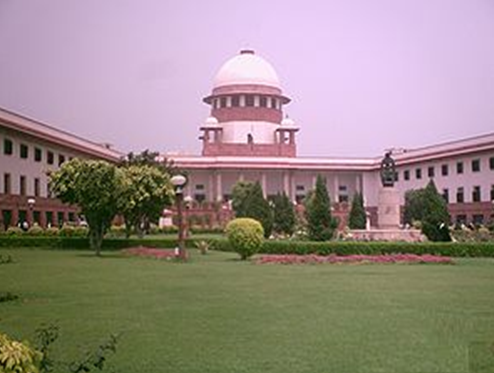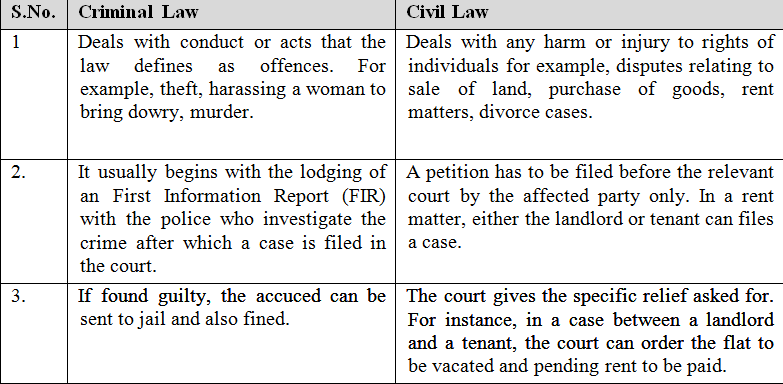
What is the Structure of Courts in India
Judiciary of Class 8
- There are three different levels of courts in our country. There are several courts at the lower level while there is only one at the apex level. Subordinate or district courts are usually at the district or Tehsil level or in towns and they hear many kinds of cases. Districts are presided over by a District Judge. Each state has a High Court which is the highest court of that state (Punjab and Haryana share a common High Court at Chandigarh, and the seven north-east states have a common High Court at Guwahati) . At the top is the Supreme Court that is located in New Delhi and is presided over by the Chief Justice of India. The decisions made by the Supreme Court are binding on all other courts in India.

- These different levels of courts are connected to each other. The decisions made by higher courts are binding on the lower courts. Appellate system also integrates the court system in India. Appellate system means that a person can appeal to a higher court if they believe that the judgement passed by the lower court is not just.
The appellate system can be understood by tracking a case, State (Delhi Administration) vs Laxman Kumar and Others (1985), from the lower courts to the Supreme Court. In February 1980, Laxman Kumar married 20-year-old Sudha Goel and they lived in a flat in Delhi with Laxman's brothers and their families.
On 2 December 1980 Sudha died in hospital due to burns. Her family filed a case in court. On the basis of evidence the Trial Court convicted Laxman, his mother Shankutala and his brother-in-law Subash Chandra and sentenced all three of them to death. The accused appealed in High court against the verdict of the trial court.
The High Court acquitted them on the basis of argument of all the lawyers. Women groups aorcss the country spoke out against `dowry deaths'. They protested against the failure of courts to bring these cases to justice. The above High Court judgement deeply troubled women and they held demonstrations and filed a separate appeal against this High Court decision in the Supreme Court through the Indian Federation of Women Lawyers.
The Supreme Court heard the arguments of the lawyers and reached a decision that was different from that of the High court. They found Laxman and his mother guilty but acquitted the brother-in-law Subhash because they did not have enough evidence against him. The Supreme Court decided to send the accused to prison for life.
Different Branches of the Legal System
There are two branches of legal system. The criminal and the civil. The above case of the dowry death falls within what is considered a `crime against society' and is a violation of criminal law. In addition to criminal law, the legal system also deals with civil law cases.





